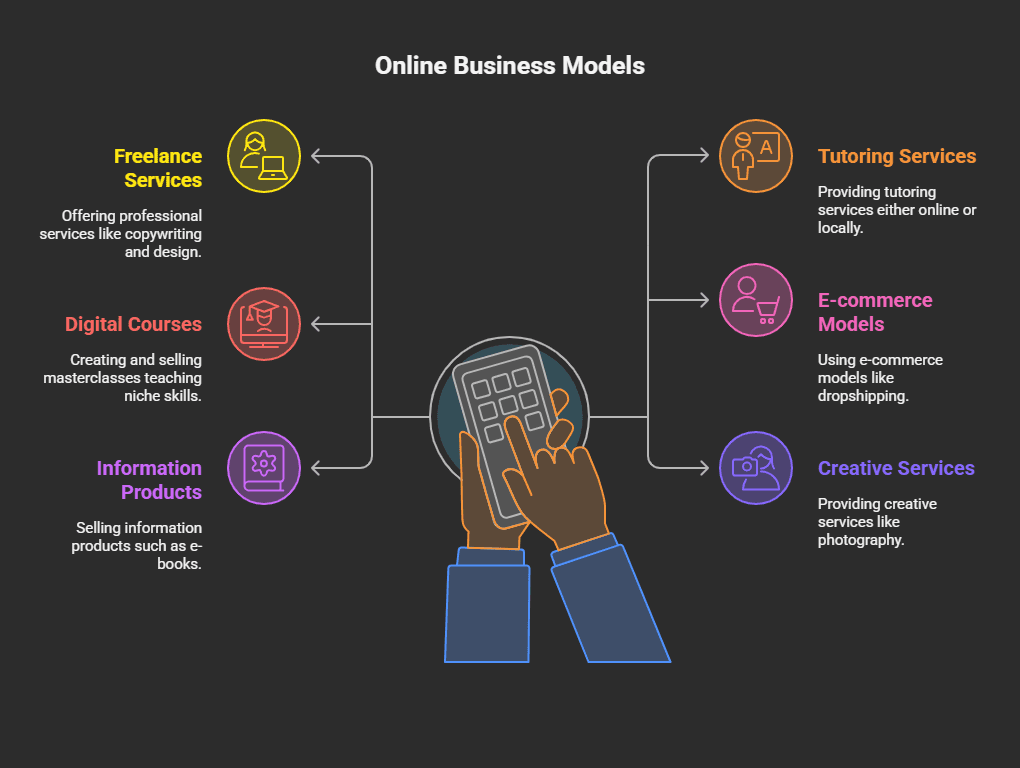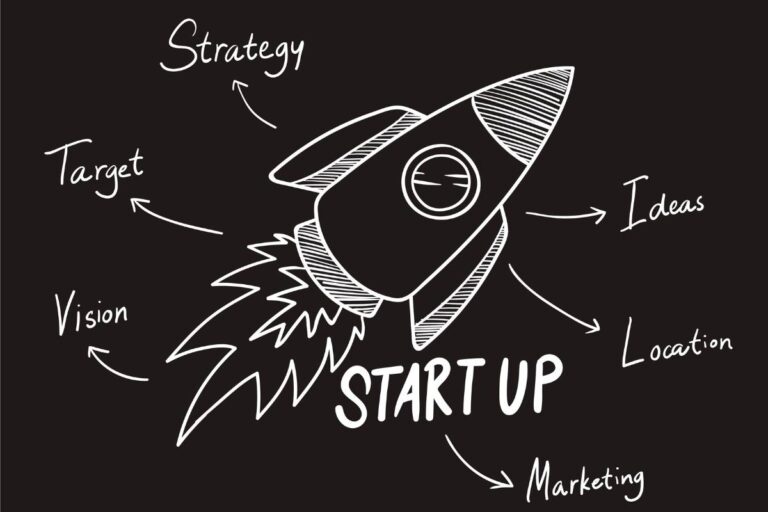Okay. You have an idea, or maybe a lot of them. But what about the bank balance? Not really. Zero dollars, or literally, college-loan-level zero dollars. Been there. Done that. Started a business. You can, too.
This isn’t the usual “do these five things” nonsense. We’re talking about real-world, hands-on, sweat-equity strategies from people who started with nothing. Bootstrapping, creative financing, presales, lean MVPs, and that hard work and luck combination that can’t be seen.
The best part is that you don’t need a lot of money to start. All you need is resourcefulness. And some determination. Are you ready? Let’s tell the truth.
What is bootstrapping, anyway?
Bootstrapping is like building a sandcastle with just one bucket and a dream. No money from outside. Everything is do-it-yourself. Equity in sweat. Nights for side jobs. Grit.
In simple terms, starting a business with your own money, time, skills, and maybe some of your own savings. No venture capital, no bank loan, and no angel waiting in a limo. You’re in charge of the plane, but there will be some bumps along the way.
Why Bootstrapping?
- Total control. No board telling you what to do. It’s just you, or you and your small crew.
- You learn grit. When every dollar hurts, you learn fast. Creative problem‑solving becomes muscle memory.
- Investor magnet? Ironically, being lean and profitable makes you more attractive to investors later. They like momentum.
- Revenue‑first mindset. You build products people pay for, not pitch decks people skim.
Drawbacks: stress, slower growth, personal risk. But that’s part of the story.
Step‑By‑Step to Launching with No Cash
1. Know Your Finances (Ironic but Crucial)
Yes, even with zero cash, you have something. Time. Connections. Maybe a laptop. But before you go wild…
- List your current runway. Can you sustain X months without income?
- Track living costs vs possible income. Will you need a side gig?
- Estimate minimal startup spend: domain, software tools, presale costs.
- Visualize revenue timeline. When do you need to break even?
Think of rent, groceries, and coffee – even those are resources.
2. Pick the Right Business Model

Some ideas demand money: think restaurants, high‑end retail, and manufacturing. But many don’t, and those are the ones we care about.
- Service‑based (writing, consulting, tutoring)
- Digital goods (e‑books, courses, printables)
- Dropshipping or print‑on‑demand – no inventory.
- Freelance (design, dev, marketing)
- Local gigs (dog‑walking, tutoring, odd‑jobs)
This is all possible with just your laptop (and wi‑fi). That’s the terrain.
3. Build a Lean MVP
Lean Startup methodology: build a “minimum viable product”, not the whole enchilada. Test the water. Get feedback. Iterate.
- Write a landing page pitching your idea
- Share it with target customers, collect email addresses
- Sell pre‑orders, beta access, early‑bird offers
- Deliver something minimal but useful, and use profits to improve
Your MVP isn’t polished. It’s proof. It’s a test balloon. And without risk, no business.
4. Presales: Get Paid Up‑Front
There’s gold in presales. Ask people to buy before you make it.
- Create hype.
- Offer early discounts.
- Prove demand and collect funds to build.
This is classic bootstrapping: use presale revenue as seed capital.
5. Low‑Cost Marketing That Actually Works
Funny thing is: you don’t need Super Bowl ads.
- Email marketing, Mailchimp, and HubSpot offer free tiers. Send newsletters, promos, tips.
- Social media, Instagram, TikTok, LinkedIn. Build credibility with reels or blog‑style posts.
- Referral programs, discounts, and loyalty for word‑of‑mouth.
- Networking, hot coffee chats, DM intros. Often free.
- Free tools, SEO, Google My Business, HARO for PR.
Low investment. High engagement. Build trust while staying lean.
6. Slash Overhead Like a Ninja
High overhead = shaky foundation. Don’t let it.
- Work from home, coworking, or coffee shops
- Automate admin: legal, payroll, CRM via free software (Google Docs, Dropbox)
- Swap skills with others, ”I’ll help with your site if you help with my branding.”
- Outsource smartly on Fiverr, Upwork, only when it saves you hours and money.
Keep fixed costs near zero. Spend only when ROI is obvious.
Tools & Strategies: The Tactical Palette
Here’s a palette of free‑to‑cheap tools and practices:
- Free website builders: WIX, WordPress, Carrd
- Email marketing: Mailchimp, HubSpot
- Social scheduling: Buffer, Hootsuite
- Accounting: Wave, Kashflow, Gusto
- Collab: Google Workspace, Dropbox
- Payment: Stripe, PayPal, Razorpay
And don’t overlook platforms like Fiverr for micro‑outsourcing: logo here, copy there.
Success Stories to Elevate You
Because real examples inspire trust.
- Mailchimp: built tools to streamline client newsletters, grew to $600M/year, without outside money.
- Jotform: 4.2M users, bootstrapped to 130+ employees since 2006. No VC.
- GoPro, Apple, Microsoft: started with zero investor cash, classic bootstrap success.
- Amazon: from Bezos’ garage to global.
- Facebook: dorm‑room beginnings, no seed funding initially.
Those early names? Garden‑variety rooms & garages to billion‑$ names.
Risk Management: The Tightrope Walk
This isn’t sugar‑coated. Bootstrapping requires careful juggling.
- Expect stress, cash flow can act like a tightrope with potholes.
- You’ll need a fallback job or side gig, especially early on.
- You might sacrifice personal spending or leisure.
But that crucible builds founders. Just make a plan and a mental checklist:
- Budget buffer = 3–6 months personal runway
- Reinvest early wins directly, ads, product upgrades, tech
- Track unit economics: acquisition cost, lifetime value
- Watch cash flow daily (yes, daily)
That’s how you avoid surprises.
Scaling Without Giving Up Control
Ready to grow? But still hate VC‑style dilution?
Bootstrapping lets you scale organically, with options:
- Reinvest profits always.
- Small business loans or microloans (SBA on‑ramps, 8–13% interest) if aligned.
- Grants, regional economic development, SBA, niche funds.
- Crowdfunding, Kickstarter, Indiegogo: funding without dilution.
Stay scrappy, add capital only when ROI is crystal clear.
Mindset: The Bootstrapper’s Soul
What elevates successful founders isn’t just tactics, it’s mindset.
- Resourcefulness matters more than capital.
- Customer obsession is what pushes you from idea to income.
- Iterative learning, failure as feedback. Build‑Measure‑Learn loops.
- Control vs Growth: Sometimes less growth means more control, and that’s perfectly valid.
This is more than economics. It’s your belief that you can out‑hustle.
Low‑Cost Business Ideas Anyone Can Start
Curating the low‑entry models:
- Freelance professional services: copywriting, design, marketing
- Tutoring: online or local
- Digital courses: masterclasses, niche skills
- E‑commerce models: dropshipping, print on demand
- Information products: e‑books, templates, guides
- Creative services: photography, local crafts
Pick your vehicle, fueling: your skills.
Quick Checklist: Starting from Scratch
- Assess resources: time, skills, minimal money
- Choose a bootstrapped‑friendly model
- Write lean business plan, financials, marketing, revenue goals
- Build MVP with a presales angle
- Launch & market: email, social, network
- Reinvest, optimize, repeat
- Explore small debts/grants/crowdfunding, if scaling is smart
- Track metrics constantly: CAC, revenue, churn, margins
- Protect mindset: optimism, adaptability, resilience
Why This Works (Even When Starting Broke)
- You avoid dilution. You keep all the upside.
- Start small, grow smart. A lean strategy means less waste.
- You build real credibility. People want paying customers.
- You learn fast. And learning is your skill insurance.
In Conclusion: The Bootstrapper’s Path
Do you have little or no money to start with?
It’s tough.
It’s exciting.
It makes you a better founder by making you more creative, more determined, and more real.
You’re already winning if you can start small, serve customers, reinvest profits, and grow your business smartly.
So, are you ready to work? To rely on being resourceful instead of money? To build a business that is truly yours?
That’s what bootstrapping is: a real, hard path with no silver spoon. But believe me, it works. And it makes a value that lasts.
Try it out. You don’t have anything to lose… and everything to make.





















